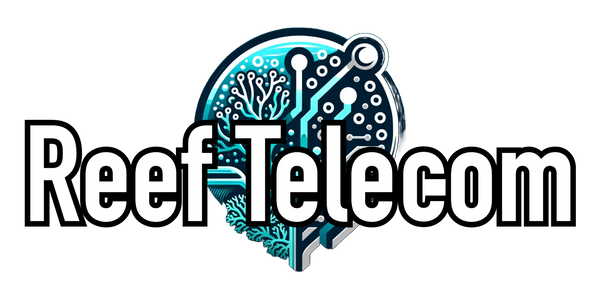
Conservation Wednesday: 2024–2025 Breakthroughs in Marine and Coastal Protection
Share
EU law supercharges marine restoration
The EU Nature Restoration Law was officially adopted on June 17, 2024, setting legally binding targets to restore degraded ecosystems, including marine and coastal habitats, across all Member States.
It entered into force on August 18, 2024, requiring countries to put restoration measures in place to recover at least 20% of the EU’s land and sea by 2030, with longer-term milestones through 2050.
Parliament’s February 2024 vote paved the way for the law’s final adoption, underpinning a clear mandate to scale marine recovery and tackle pressures like underwater noise and destructive practices.
Ocean NGOs highlight the law’s marine focus, including obligations to curb bottom-trawling in areas designated for restoration and to prioritize seagrass and other blue-carbon habitats that lock away carbon while buffering coasts.
U.S. living shorelines and reef recovery scale up
In late 2024, the National Fish and Wildlife Foundation and NOAA announced $139 million in new grants through the National Coastal Resilience Fund, advancing nature-based solutions that both protect communities and restore habitat.
These grants will help create more than 7 miles of living shorelines, 17 miles of dune habitat, and restore 1,260 acres of coral reef while supporting planning and capacity in underserved coastal communities.
States are leveraging major federal resilience funding to accelerate local projects, with New Jersey securing $72 million from NOAA in mid-2024 to reduce flooding risk and expand habitat using green infrastructure along vulnerable coasts.
NOAA’s Climate-Ready Coasts portfolio continues to channel transformative investments into multi-partner regional projects, building long-term capacity to withstand sea-level rise and extreme weather.
Blue carbon momentum: mangroves at massive scale
Blue carbon projects surged ahead, with Pakistan’s Delta Blue Carbon effort touted as the world’s largest mangrove restoration initiative across hundreds of thousands of hectares, pairing community benefits with next-gen monitoring for transparency and impact.
In Indonesia, a 2024 community-led restoration model in Southeast Sulawesi is testing large-scale mangrove recovery on village lands under new forest carbon rules, offering a template for replicable blue-carbon finance and governance.
These projects demonstrate how restoring mangroves protects shorelines, supports fisheries, and draws down significant carbon, turning coastal conservation into climate action with measurable social and ecological returns.
Together, these initiatives illustrate how the past two years have shifted blue carbon from pilot scale to region-wide programs capable of delivering resilience at coastal-community and ecosystem levels.
Why these updates matter for coasts now
Legally binding restoration targets in Europe create predictable demand for marine habitat recovery, which can catalyze investment in seagrass, kelp, and reef-focused work across Member States.
U.S. grant-making is translating science into shoreline projects that reduce storm risk while rebuilding fish and wildlife habitat, a dual-benefit approach that resonates with coastal economies.
Blue carbon projects offer durable wins by stabilizing shorelines and storing carbon, with the newest programs emphasizing community-led design, monitoring innovation, and equitable revenue-sharing.
Taken together, law, finance, and community implementation are aligning in 2024–2025 to unlock the largest wave of marine and coastal restoration seen to date.
How Reef Telecom helps protect oceans
Reef Telecom supports leading marine nonprofits advancing research, coral recovery, and ocean protection, including OCEARCH, Coral Restoration Foundation, and Ocean Conservancy.
Choosing refurbished enterprise gear through Reef Telecom reduces e‑waste and cuts the embodied carbon of IT equipment, complementing the conservation work highlighted in this week’s update.
Conservation Wednesday is more than a story—it's a commitment to scaling solutions that restore reefs, coasts, and marine wildlife for the long term.
Suggested internal links (for editors)
- About our conservation partners and commitments (link to Reef Telecom’s conservation/support page).
- Shop refurbished gear that reduces e‑waste (link to relevant collection page).
- Learn more about sustainable operations and circular IT practices (link to a sustainability or blog hub page).
Editor’s note on originality
This Conservation Wednesday focuses on 2024–2025 developments—EU legal adoption and entry into force, U.S. living shoreline and coral grants, and the newest wave of blue carbon projects—distinct from prior themes like general impact stories or partnership spotlights noted in earlier scheduling, ensuring a fresh angle for this week.
